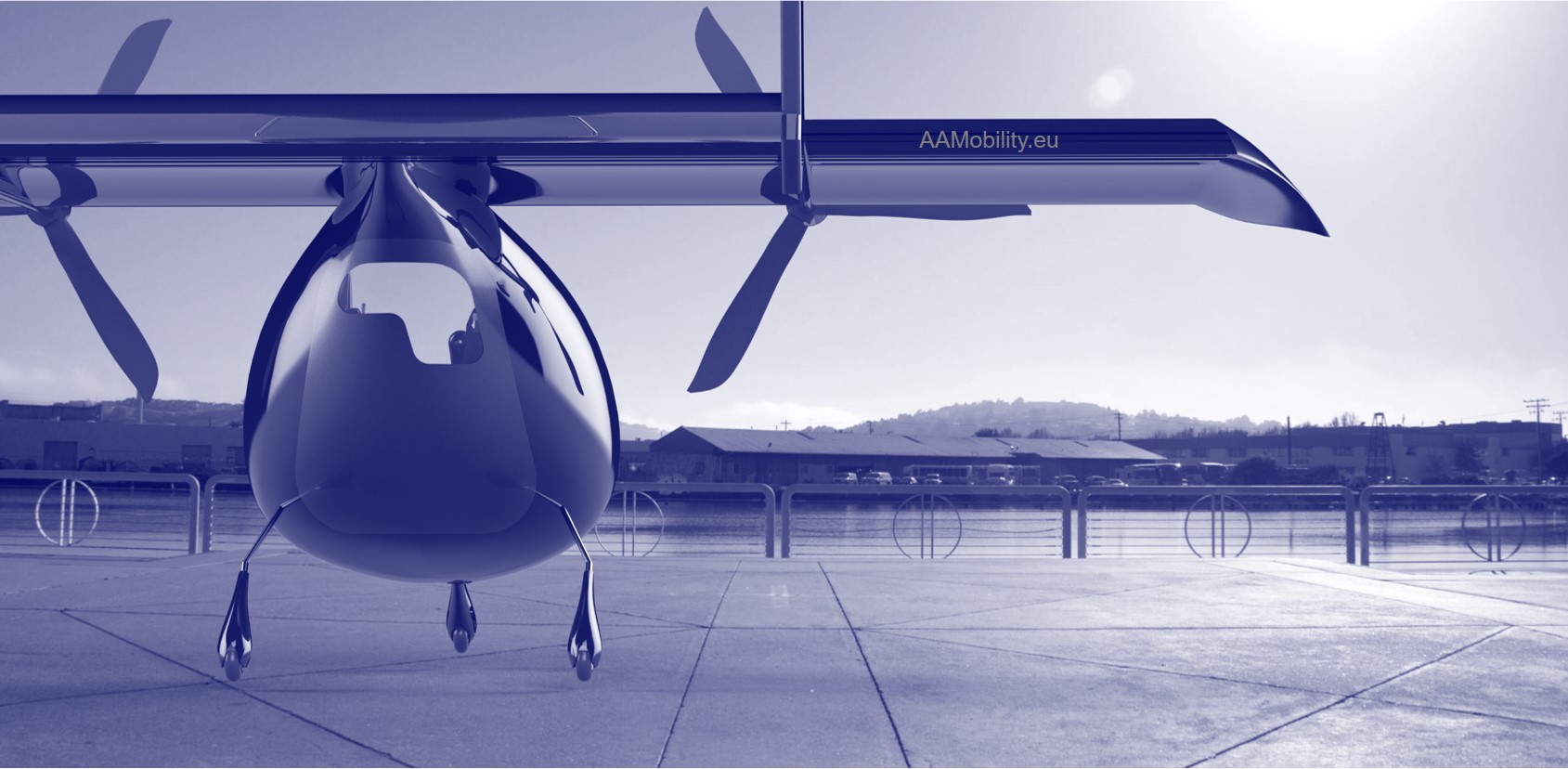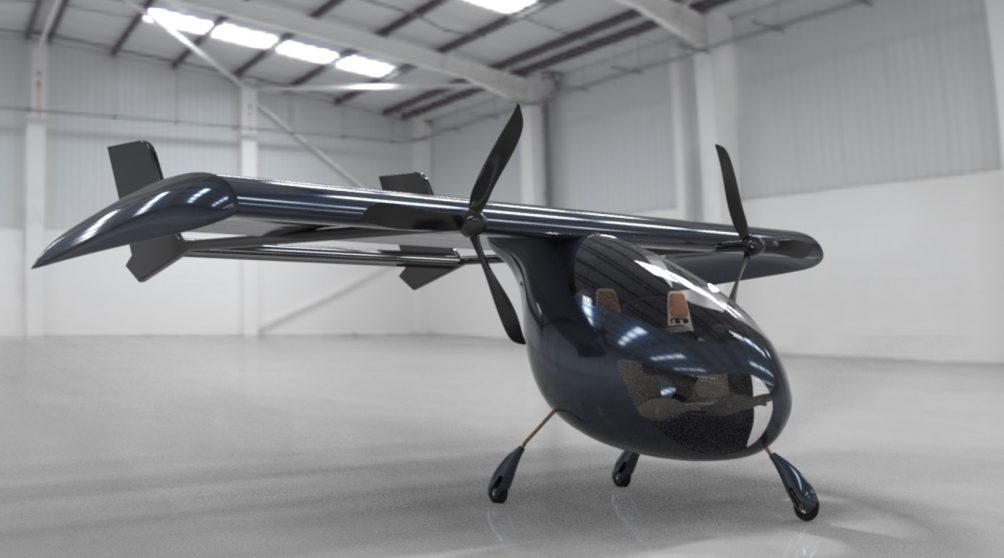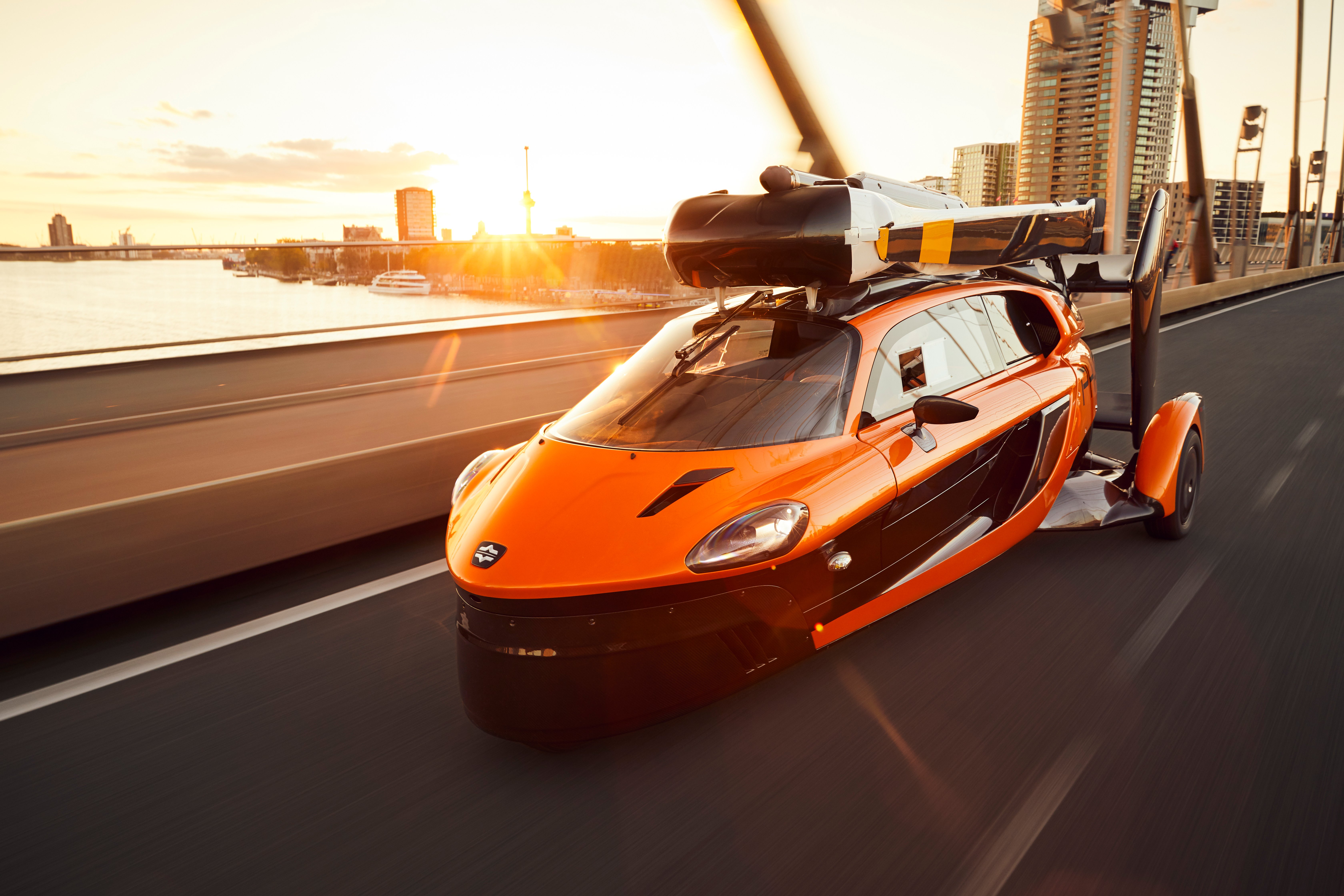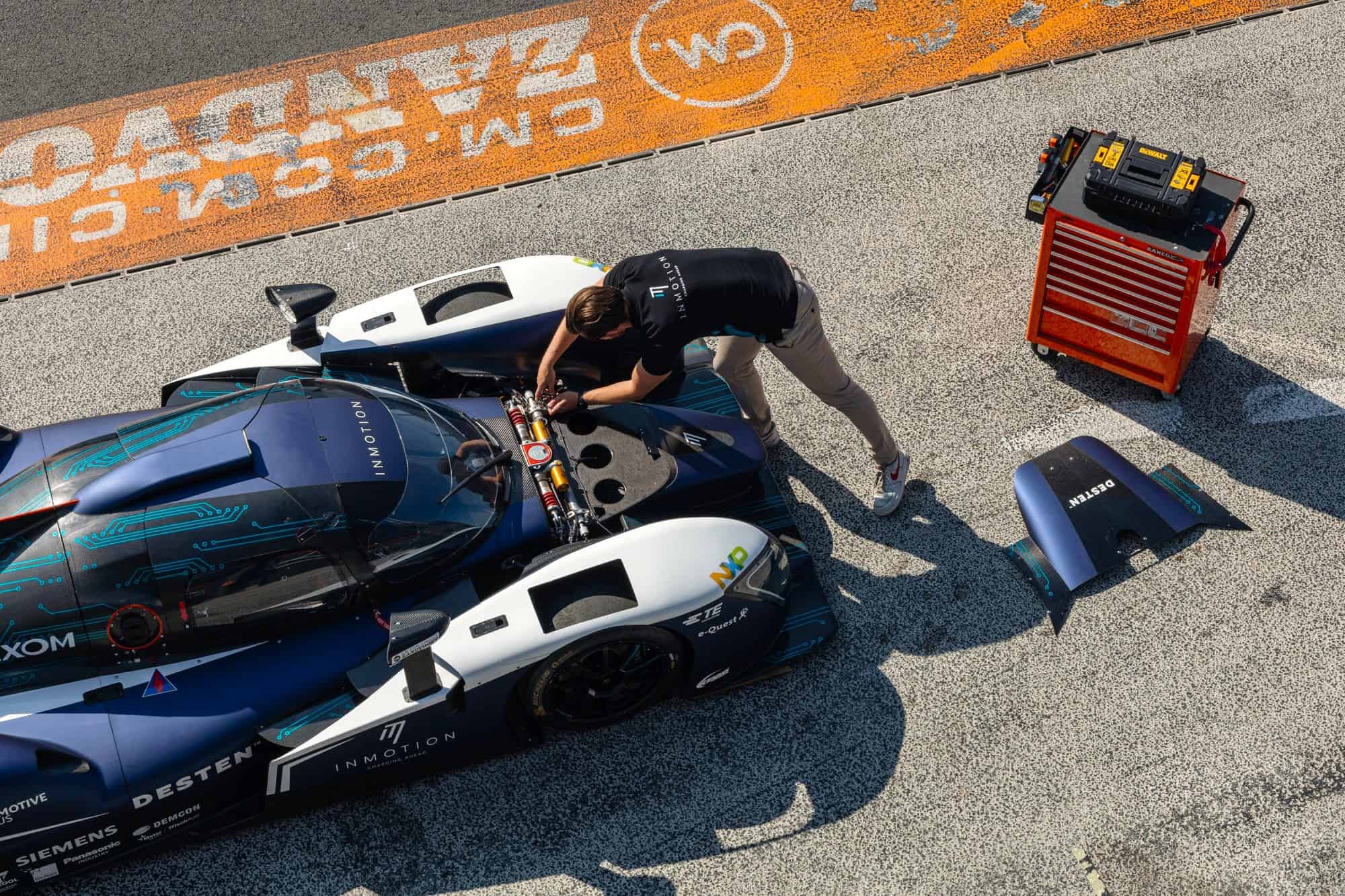
In the not too distant future we will be able to catch a cab in the sky. Emission-free that is. Aitor Martin from Barcelona is absolutely convinced of this. With his start-up Advanced Air Mobility (AAM), Martin has developed a model of a flying aircraft that is neither a helicopter nor a drone, but still capable of taking off and descending within the space of 15 meters.
This small aircraft can carry a passenger, runs on extremely energy-efficient batteries and has an operating range of a few hours. Ideal for (business) transportation by air. It is not even very expensive. “We will have the same performance as a helicopter, but ten to fifty times cheaper.”
What is still holding back flights with passenger drones is regulation.
Martin estimates that a trip through the air should be about the same price as a taxicab on the road, with the advantage that there will be no traffic jams or traffic lights up in the skies. The speed will also be a lot higher, comparable to that of a high-speed train.

Anyone who would like to use something that is similar to a flying taxi is basically obliged to use a helicopter. But helicopters are expensive to buy and maintain, and the fare is prohibitive for mass use. Drones can offer a solution in future. An example is the Chinese EHang, which presented the first remote-controlled passenger drone two years ago.
Regulation for electric mobility
In Germany, there’s the Volocopter, which is also ready for the market with its VoloCity, a multicopter (a cross between a helicopter and a drone). But what is still holding back flights with passenger drones is regulation. Currently, there is a lot of work being done to get airborne mobility off the ground, preferably in an environmentally friendly way. Europe is at the forefront. The European Union wants to introduce regulations for lightweight aviation in urban areas in 2023.
In addition to drone builders, ultralight aircraft manufacturers (up to 5700 kilos) are also coming up with initiatives to launch the flying taxi. The forerunner is the jet from the German Lilium,, which was designed with almost 40 small electric turbines in the vertically positioned wings which provide vertical propulsion. Once in the air, the wings swivel one turn and the aircraft flies according to the laws of aerodynamics.
Combination of propellers and wings
The aircraft of Ehang and Lilium take off and land vertically (as in VTOL: vertical take off and landing). Of course, no runways are needed and that is a requirement if you want to facilitate efficient and environmentally friendly air mobility within and between cities. “Many players on the market are seeking a solution with a combination of propellers and wings,” says Martin, who is an aeronautical engineer. The propellers are there for the start and finish, the wings for the rest. “That is a complex undertaking.”
Although the helicopter manufacturer Bell and the helicopter branch of Boeing have managed to successfully do this, their Osprey is prohibitively expensive (not to mention the fact that it is a military aircraft of enormous dimensions). The Osprey has a tilt-rotor propeller at the end of both wings, which can rotate, allowing the aircraft to take off and land both vertically and horizontally over short distances. This aircraft makes use of both the VTOL and STOL variant (short take off and landing) for flights.

AAM is also gambling on STOL, but in a different, more conventional way than the Osprey, because the design is with fixed wings. AAM is currently working on two models, a one-seater and a two-seater. “Our aircraft have wings that have STOL capacity and are capable of taking off and landing within 15 meters. A fixed wing is five to ten times more efficient than rotor blades.”
AAM’s one-man aircraft is 5.5 meters in wingspan and weighs about 250 kilos. The aircraft can be controlled automatically from a distance, in the same way as unmanned drones are propelled. For the time being, the aircraft will be flown by a pilot seeing that regulations for automated flying are not yet in place.
Ultralight aviation
The advantage of the low weight (250 kilos) is that that model fits in with the regulations for this category of ultra-light aircraft. More flexible rules apply to this category. In the United States and some European countries, this type does not require certification or even a pilot’s license.
But the AAM model for a two-seater (750 kilos) is also more likely to be flight-ready than those from manufacturers with an entirely new concept of flying, such as Lilium. “We actually have a conventional aircraft, which makes it much easier to stay within the existing regulations and become certified,” says Martin.
However, it needs to be said that AAM is still in the developmental phase. The first test flight is scheduled to take place in the summer of 2021.
The European Union wants to get regulations up to speed to give this new form of aviation manufacture a push.
Because the new forms of airborne mobility require new guidelines, the European Aviation Safety Agency (EASA) is in the process of scrutinizing new models. The European Union wants to get regulations up to speed to give this new form of aviation manufacture a push. Yet however you look at it, this will take time. Even if the regulations are in place, every manufacturer will have to demonstrate the airworthiness of its product no matter what. It is not an automatic procedure.
Europe is a front-runner in ultra-light aviation
In any event, everything about this new form of urban mobility is fully dependent on infrastructure. “In Barcelona, we have five landing pads for STOL and VTOL aircraft. There are not enough of them. We need at least 50 to get real flexible air mobility off the ground,” says Martin, who also teaches at the Polytechnic University of Barcelona.
We also need to adapt air transport regulations to the evolving circumstances. The new situation is that potential ‘flying taxis’ are or will be on the market in the next few years, and that emission-free mobility is at the top of the list when it comes to meeting climate targets.
Europe is a global leader in ultra-light aviation. In addition to Litium in Germany and AAM in Spain, major initiatives have been developed in Slovenia (Pipistrel) and the Czech Republic (Zuri). Incidentally, the Dutch PAL-V is taking a different approach. The company has launched a flying car, which works both on the road and in the air (STOL method). One of its competitors is AeroMobil from Slovakia.
You can read more about electric aviation here.








